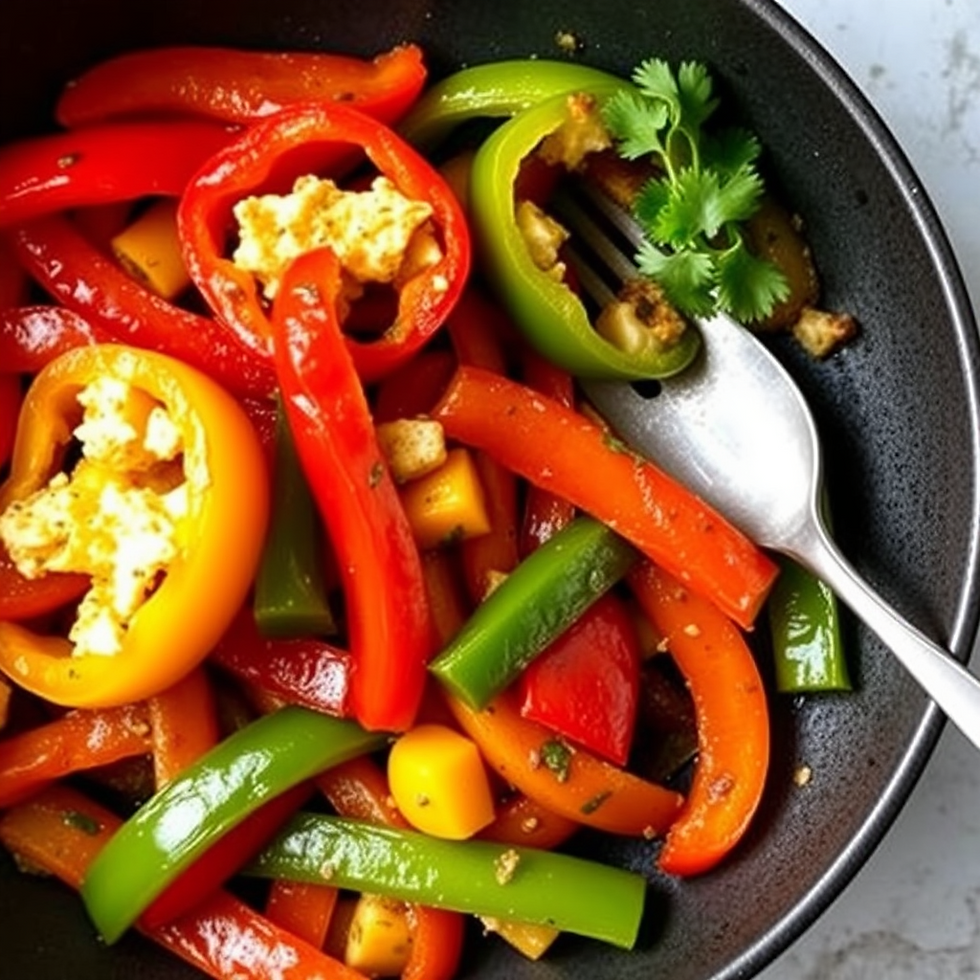The History of Tomatillos: A Bright Jewel of the Americans
- roymejia19
- Jul 17
- 2 min read

When you slice open a fresh tomatillo, revealing its vibrant green flesh beneath a papery husk, you’re connecting to a food with deep roots and a storied past. The humble tomatillo (Physalis philadelphica), sometimes called the “Mexican husk tomato,” is more than a tangy addition to salsas—it’s a crop that shaped ancient civilizations and continues to influence culinary traditions today.
**Origins in Ancient Mesoamerica**
The tomatillo is native to Mexico and Central America and has been cultivated for thousands of years. Archaeological evidence suggests that tomatillos were an important crop long before the arrival of Spanish explorers. By the time the Aztec Empire flourished (circa1300-1521 AD), tomatillos were a staple food—perhaps even more popular than the red tomato, which was also domesticated in the region.
In Nahuatl, the language of the Aztecs, tomatillos were called “tomatl.” The word was later adopted by Spanish speakers, eventually giving rise to both “tomate” (for what we now call the tomato) and “tomatillo” (meaning ‘little tomato’). This linguistic twist is why “tomato” and “tomatillo” sound so similar yet refer to different fruits.
**An Important Culinary and Medicinal Crop**
The tomatillo’s distinctive tart flavor made it a favorite ingredient for traditional dishes such as green salsas (salsa verde), stews, and sauces. But its uses went beyond the kitchen. Ancient Mesoamericans also relied on tomatillos for medicinal purposes, using them in remedies for stomach aches and fevers. The fruit’s husk, which naturally protects it from pests, may have contributed to its steady cultivation and spread in pre-Columbian times.
**Tomatillos in the Age of Exploration**
When Spanish conquistadors arrived in the Americas in the16th century, they encountered an astonishing variety of native crops, tomatillos among them. While the tomato soon found its way to Europe and the broader world, the tomatillo mostly remained a well-kept secret of Mexico and Central America for centuries. It was perhaps the unique tartness and the requirements for its successful cultivation—specific climate, soil, and pollination needs—that kept it from spreading as widely as its cousin.
**Modern-Day Tomatillos: A Global Presence**
Today, tomatillos are still most prevalent in Mexican and Central American cuisine, featuring in everything from tangy green salsas to sauces for enchiladas, stews, and soups. In recent years, however, their popularity has jumped across borders. Gardens and farms as far as the United States, India, and parts of Europe now grow tomatillos, sharing the bright, citrusy flavors with new audiences.
Yet, for many, the tomatillo remains a delightful culinary discovery—a “new” taste that is actually centuries old. As more chefs and home cooks experiment with global flavors, the tomatillo’s influence continues to grow, just as it has for millennia in the Americas.
**Bringing Tomatillos to Your Table**
At REDDO’s Cultivation LLC, we’re proud to honor the rich history of the tomatillo. Whether you’re growing them in your garden or picking them up at the market, know that you’re enjoying a fruit with an ancient lineage and unmistakable flavor.
Next time you savor a salsa verde or toss tomatillos into a simmering stew, remember—you’re tasting history!
-Have questions about growing or cooking with tomatillos? Leave a comment below or contact REDDO’s Cultivation LLC—we love sharing our passion for heirloom crops and the stories behind them!*



Comments